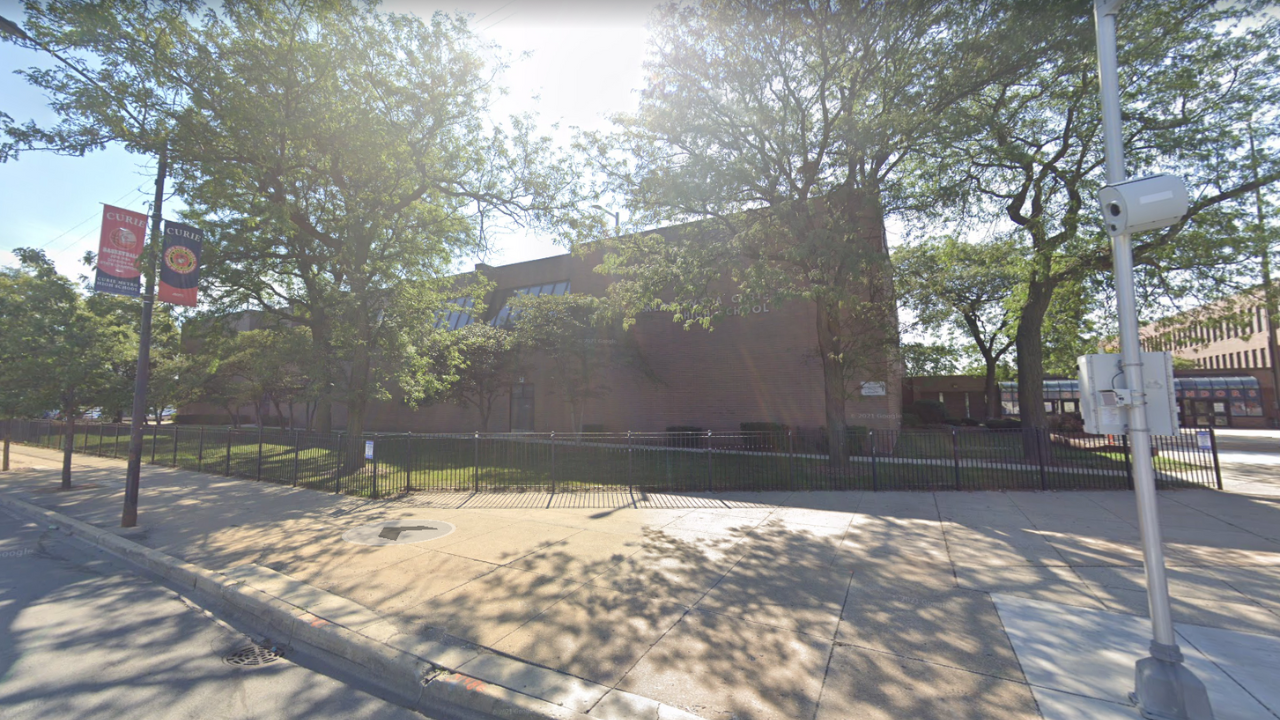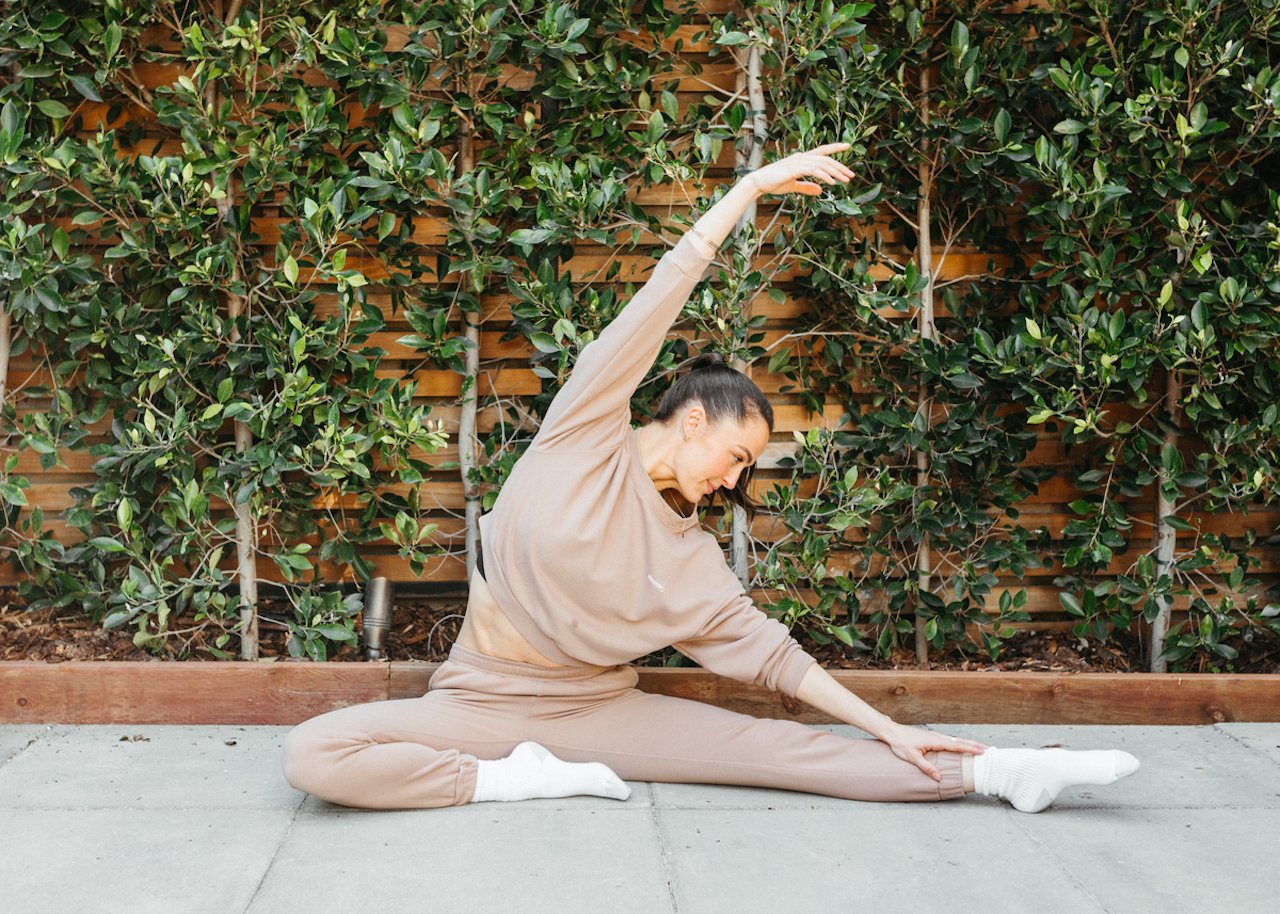The term “feminist icon” certainly applies to Andrea Dworkin, but like most such capsule descriptions (especially ones that use the I-word), there’s something limiting and frozen about it. Pratibha Parmar, a British writer-director who works in both nonfiction film and episodic TV, breaks through the labels with I Am Andrea, a portrait that’s shaped by Dworkin’s experiences, some of them horrific, and fueled by her radical intellect and incisive words. As Gloria Steinem (one of the documentary’s executive producers) once said, “In every century, there are a handful of writers who help the human race to evolve. Andrea was one of them.” Parmar etches a sympathetic profile that acknowledges the complexity and divisiveness of her subject and argues for the continued relevance of her work.
Like many revolutionary thinkers, Dworkin was often mischaracterized, usually as a “man-hater”; never mind that her domestic partner of 30 years was a man (that he’s an openly gay man is not mentioned in the film). Regardless of whether you agree with Dworkin’s stance on pornography — which she viewed as the “groundwork ideology of male supremacy” and, with scholar Catharine MacKinnon, sought to define as a civil rights violation against women — her writing, in more than a dozen books and countless speeches and articles, is often compelling and always provocative, capable of shifting perceptions. At her most hyperbolic she could be alienating, but so too at her most subtle, for those not receptive to convention-dismantling ideas.
My Name Is Andrea
The Bottom Line
Finds the Everywoman in a singular and singularly divisive intellectual.
A clip that Parmar includes of Dworkin on Phil Donahue’s show, after publication of her 1987 book Intercourse, is a telling illustration of the line-blurring confusion that frequently greeted the author’s work. The host continually tells Dworkin what she means, over her calm objections to his reductive interpretation (“Intercourse is bad”). And then there are the comments from the audience. One caller labels Dworkin “very angry and lonely.” Another asks, with a self-satisfied blend of condescension and judgment, “What tragic thing happened in your life that made you feel this way?” But even if her concern is just a pose, there’s compassion in those words too. My Name Is Andrea points to hurt and outrage as inseparable defining forces in Dworkin’s story.
With five actors portraying the author-activist at key moments in her brief, purposeful life (she died in 2005 at 58), Parmar infuses an eloquent sensory dimension into that story. At its center is a soul shocked and then galvanized by the cruelty that women were expected to accept, having experienced some of the worst of it firsthand.
Most of the dramatized moments involve Dworkin being shut down by abusive men just as she opens her heart toward life in new ways: the thrill of her first solo moviegoing excursion, with Amandla Stenberg as the tween Dworkin; her work as an organizer in the antiwar movement (here she’s played by Soko); the joy and then horror of her first marriage (Andrea Riseborough); the continued activism and the sorrows of later years (Ashley Judd and Christine Lahti). Judd’s participation draws a clear line between Dworkin’s understanding of the pervasiveness of sexual abuse and the #MeToo movement, though her sequences, the film’s most directly focused on pure protest, are the least evocative in terms of narrative impact. The other enacted scenes are tender, exuberant, shattering.
Dworkin’s love of language was entwined with a compulsion to write “for the dispossessed, the marginalized, the tortured” from an early age. During her suburban New Jersey childhood, she gave a speech in Hebrew school that decried what she saw as an unfair distribution of wealth and called out upper-middle-class lifestyles for falling far short of the ideals of Judaism. Not your typical bat mitzvah girl. As a young adult she mustered the nerve to approach one of her idols, Allen Ginsberg, and a friendship developed. Their later falling-out over matters of pornography and pedophilia is not explored in the documentary, but Soko expresses its early exultation with an intoxicating expansiveness.
Parmar is concerned with how Dworkin realized her writerly dreams, moving past romantic literary notions — “The words are not streaming down for me” — and fighting the good fight every day. She’s seen typing away on her Selectric, and also scoping out the layout of a lecture hall before a speaking engagement, having been the target of threats and onstage attacks by men who objected to her philosophy. The film sees her as she saw herself: a warrior for a cause, pushing on despite danger and pain.
It isn’t easy to listen to Dworkin’s description of what she endured at the Women’s House of Detention in 1965. She was 18 and had been arrested for her participation in demonstrations at the UN, led by Martin Luther King, against the United States’ bombing of Vietnam. Her family doctor wept when he saw the damage inflicted on her by two physicians pretending to conduct an internal examination. And Dworkin chose not to be silent about it. It’s not clear whether her grand jury testimony led to punishment for the jailhouse doctors, but it certainly contributed to the eventual shuttering of the Manhattan prison.
One of the powerful themes coursing through Parmar’s film is Dworkin’s understanding that not every story of abuse can be so clearly chronicled, let alone heard. And so Stenberg’s Andrea struggles to explain to her mother how she was violated by a stranger in a dark theater while up on the screen John Wayne dragged Maureen O’Hara down a hill and across a field in The Quiet Man (good old war-of-the-sexes “romance”). “A nightmare doesn’t take place in a linear modality,” Dworkin observed — a piercing truth that still doesn’t seem to be understood when women speak up about domestic violence. “I was hurt past what I had words for,” she wrote of what she endured. And yet words were her medium, her weapon, her light — on the page and in the thundering urgency of her speeches.
In her attention to racism and caste in the United States, Dworkin was prescient and cutting-edge; intersectionality wasn’t yet part of the general conversation about social justice. James Baldwin, Huey Newton and anti-colonialist philosopher Franz Fanon inspired her as much as Kate Millett. The inclusion of an interview with Georgia Bea Jackson, mother of Soledad Brother author George Jackson (killed in prison at 29) is a searing rebuke to concerns about “American violence,” aka the underclass and crime, one as applicable today as it was 50 years ago — just substitute any number of global hotspots for “Vietnam” in her first question: “As many people as they’ve murdered in Vietnam in the past 10 years and they’re gonna talk about violence?” Jackson says of U.S. political leaders. “As many Black people that get killed every day in this country, and nobody knows or cares, and then you tell me about violence?”
In one of the radio interviews excerpted in the doc, Dworkin envisions a genderless society. She’d probably be heartened by the recent rise of trans visibility and rights. Given that she was one of the people fighting to expand the notion of “mankind” to acknowledge that women are no less human than men, I wonder, though, how she’d feel about the way the term “woman” is being scrubbed from institutional language about healthcare, childbirth and abortion rights. Never afraid to go against the grain, she reset the discourse on sexual politics and women’s liberation. Maybe that’s why a sex-positive feminist like Susie Bright maintained “such a tragic affection for her” even though she was among those condemned by Dworkin, who made no exceptions for the work of self-described feminist pornographers in her view of pornography as a form of human trafficking.
With their quiet ferocity and recognizable predicaments, the dramatic vignettes in My Name Is Andrea find the Everywoman in a singular figure, and the film as a whole connects Dworkin’s concerns about class and race and gender to the present moment. Dworkin was militant, vulnerable and visionary, and, for reasons that Parmar’s film makes clear, particularly attuned to brutality and the social structures that support and enable it. You might not welcome all her conclusions, but she asked the right questions: “Do we participate in this violence all around us that we hate, or do we try to live a different way and try to do a different kind of work?”



























































